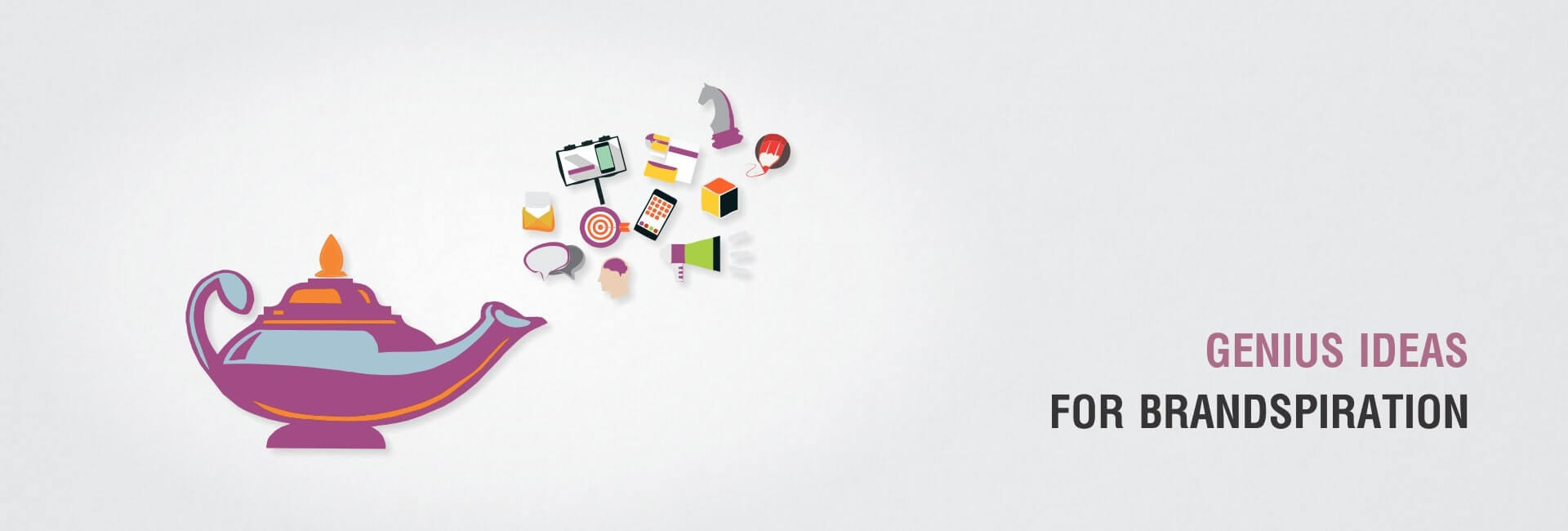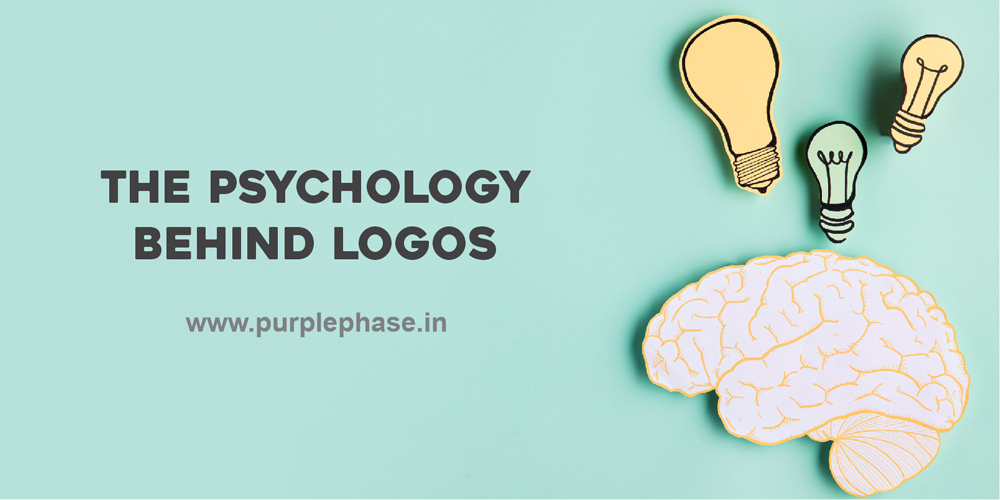

by Name
Posted on Jul 28, 2023

The logo is a masterpiece
that speaks a thousand words about your brand – logo ka kaam hai kehna. As the face of a brand, it is the visual
ambassador that embodies the very essence of a company or organization. It is
often the first point of contact with customers and is thus critical in making
a lasting impression. A well-designed logo has the power to convey a brand's
values and personality and creates an indelible image that customers will
associate with a specific product or service. Its impact on consumer behaviour
is undeniable and it is therefore imperative that marketers pay careful
attention to this essential component of branding.
But
what is the psychology behind logo design?
How
do designers create logos that are both aesthetically pleasing and effective in
communicating a brand’s message?
In
this blog post, we'll take a dive into the psychology of logos and explore the
tricks and techniques that designers use to offer custom logo design services.
What
is the Psychology of Logo Design or What Goes into the Creation of a Great Logo?
Successful
logo design goes beyond mere aesthetics. It is a crucial tool for effective
communication with the audience, as it conveys a message that resonates with
their psyche. To achieve this, logo designers need to deeply understand the psychology behind the interpretation and perception of visual information.
Logo design agencies must be proficient in utilizing various design elements such
as colour, shape, and typography to create logos that evoke emotions and
reflect the values and personality of a brand.
How
Colour Psychology Works in Logo Design?
Colour
plays a pivotal role in logo design and it can have a significant impact on how a logo is
perceived.
By strategically choosing hues, a smart logo design agency can convey the
desired emotions and associations. A well-designed logo can leverage the power
of colours to deliver the intended message and create a lasting impact on the
minds of the target audience.
For
example:
·
Yellow: Associated with joy, optimism,
cheerfulness, and amusement.
·
Green: Associated with peacefulness,
nature, harmony, and rejuvenation.
·
Blue: Associated with tranquility,
serenity, intelligence, and reliability.
·
Purple: Associated with nobility,
sagacity, empathy, and originality.
·
Pink: Associated with hopefulness,
ingenuity, creativity, and youthful/feminine traits.
·
Black: Associated with dominance,
modernity, sophistication, and fortitude.
·
Grey: Associated with impartiality,
composure, wisdom, and professionalism.
· Brown: Associated with naturalness, steadiness, amiability, and comfort.
How
Shape Psychology Works in Logo Design?
Different
shapes can elicit varying emotional and cognitive responses. By skilfully
utilizing shapes, designers can evoke a desired psychological response, and
thereby create logos that are memorable and impactful.
For
example:
·
Circular
shapes: Associated with unity, camaraderie, companionship, steadiness, and
feminine traits.
·
Triangular
shapes: Associated with masculinity, forcefulness, law, and science.
·
Square
shapes: Associated with power, productivity, professionalism, practicality, and
stability.
·
Vertical
lines: Associated with aggression, manliness, potency, and advancement.
· Horizontal lines: Associated with serenity, peacefulness, camaraderie, and swiftness.
How
Typography Psychology Works in Logo Design?
Typography
is another design component of a logo that renders canvas to bring to the fore
a brand’s personality and values. Take for example Netflix, Ray-Ban, or Disney;
iconic typography of these logos is imprinted in our minds forever.
For
example:
·
Sans-serif
fonts are associated with simplicity, modernity, and cleanliness. They are
often used in logos for technology companies or fashion brands.
·
Serif
fonts are associated with tradition, authority, and elegance. They are often
used in logos for luxury brands or educational institutions.
· Script fonts are associated with creativity, elegance, and femininity. They are often used in logos for beauty brands or wedding planners.
How
Do Designers Approach Logo Design?
1.
Research
and Discovery
2.
Sketching
and Concept Development
3.
Digital
Design
4.
Refinement
and Feedback
5.
Delivery
and Implementation
Whether you are kick-starting your venture and need a new logo, or you are who’s who in the business wanting to revamp your brand identity with a bang, at Purple Phase we have the quirk, wits, skills and the experience to offer custom logo design services tailored to your needs. Our team understands the complex process of logo design that involves a lot of research, creativity, and communication with the client. By following a structured approach, we can help you to create a logo that is both aesthetically pleasing and effective in communicating your brand’s message. If you want any more information or our help, write to us at info.purplephase@gmail.com
You may also connect with us on +91 9327085445
or + 91 9327009400
If you are more interested in this topic, you can browse other blogs from below links:
Logo design
https://www.purplephase.in/logo-design
Choosing the right logo design company for your business
https://www.purplephase.in/blogs/24
Revamp your brand identity
https://www.purplephase.in/blogs/28
Prerak Shah: +91 9327009400
First Floor, Bungalow No.2,
Opera Society, Part-2, Besides Aagni Flats,
Opp. Annapurna Hall, New Vikasgruh Road,
Paldi, Ahmedabad - 380 007.
Gujarat. India.